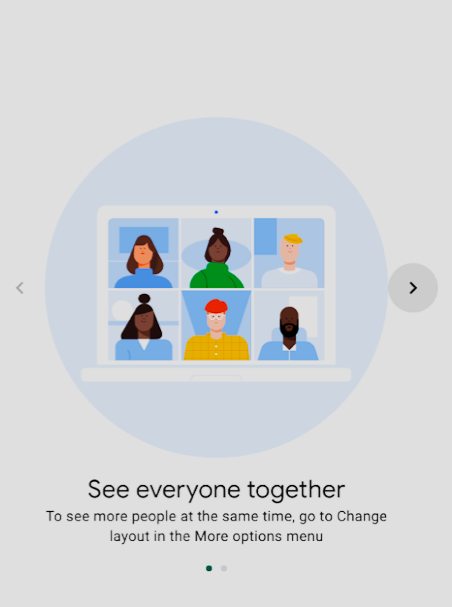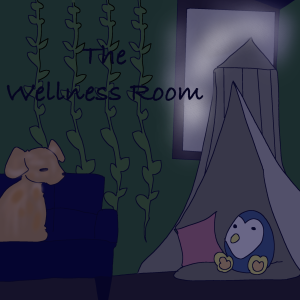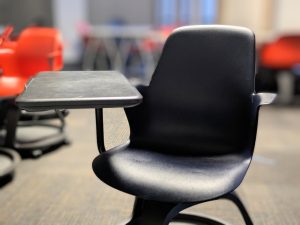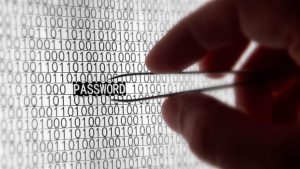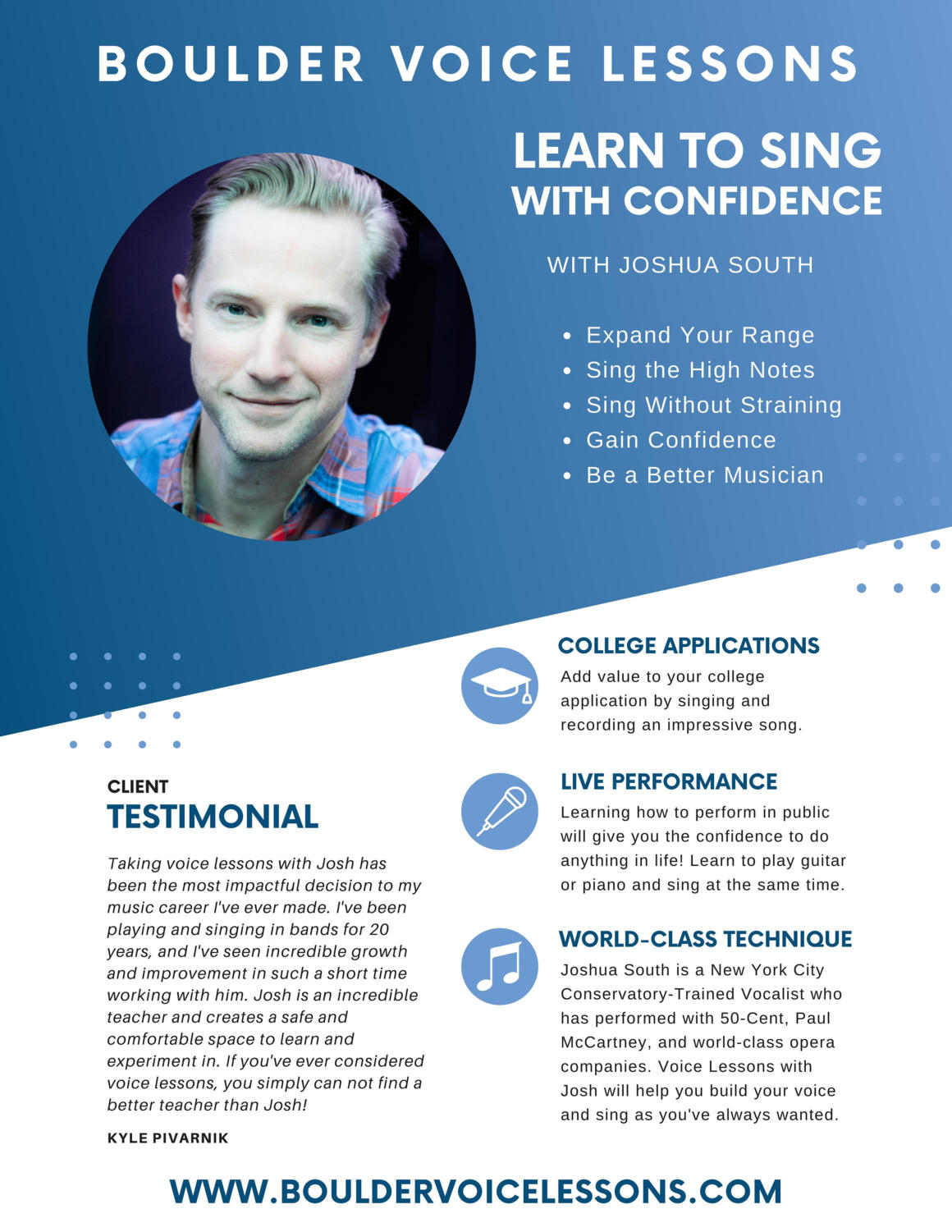The Camera Mandate Debate
March 21, 2021
Since the return from Winter Break, students have been required by Boulder Valley School District to turn on webcams during online classes. While policies vary between classes, with only some teachers enforcing the rule, opinions among both students and teachers have been varied.
“I definitely prefer the district or the admin asking students to have their cameras on, because then I feel like I’m teaching human beings instead of little icons or pictures,” said Angela Hunt, who teaches language arts classes and requires students to have their cameras on unless they have specifically requested accommodations. “First semester I would ask people to turn on their cameras, but they would always be like ‘oh, it’s broken. Oh, I can’t turn it on.’ […] It helps that now you have to have your camera on to be marked present, unless you have accommodations.”
Jeff Sanders, who teaches at Southern Hills Middle School, where they don’t have a cameras-on policy, shares similar opinions:
“From a teacher’s standpoint […] the reason to teach is to form relationships and hang out with kids. And if we never see them, it takes a little of that — online teaching does this inherently, but it takes a little of that personal connection out. I think ultimately that’s what makes teaching and education awesome — those connections you can make.”
Some students also found it better to keep cameras on for social reasons, especially when working in small groups.“It’s better for just making connections; talking to a person. People feel like they can talk to another person if their camera is on,” said Julian Samuel, a Fairview sophomore.
Rosie Pfenning, who teaches math at Fairview, has more technical concerns when it comes to requiring cameras to be on. “I’ve learned that a lot of my ability to teach well comes from my ability to read students. I can say oh, I see from your facial expression that you do not get it. So I’m gonna need to teach this a different way,” said Pfenning. “When no one had their cameras on, I just went through the problems like: no one’s asking me any questions, so they must understand.”
Brock Hoover, a teacher at Denver School of Science and Technology, presented concerns about accountability similar to those of Pfenning, Sanders, and Hunt.
“It’s very easy to slip into doing other things, especially in a space where you’re comfortable […] because those are spaces you usually think of as doing other things. It’s easy to think oh, I have a lot going on here. Maybe I’ll just lay down in bed and not really pay attention.”
While opinions on the camera policy varied greatly among students, many are concerned about the intrusiveness of other students and teachers being able to see their backgrounds, and into their homes.
“I personally don’t like having my camera on because I also don’t want people looking at my house — I don’t think people are looking at each other, I think everyone’s looking at the teacher or their phones — but I feel kind of exposed,” said Fairview senior Isabella Franklin.
For some students, it was even more personal:
“I feels like everybody is watching you, which is not very fun,” said Anastasia Diener, a Fairview sophomore. “Everyone can see your room, which is also not very fun. It’s actually caused me to change my entire room around so my desk is facing the wall.”
While features are available to blur one’s background or replace it with an artificially projected backdrop while on camera, they can be difficult to run on a more basic computer or on slower WiFi networks. Additionally, some students don’t know how to turn the feature on, and some are more stressed about people seeing their faces than their backgrounds.
“[If it’s] first period, no one’s waking up early, getting ready for school, we’re all exhausted, we’re all just waking up,” said Franklin. “I don’t feel like it’s necessary. It makes me annoyed […] and it’s also like — what are you gonna do about it? I’m gonna turn my camera off. What are you going to do? Kick me out of class? Fine, I’ll go watch TV in my room.”
Sanders agreed, to an extent, that having a camera on could be stressful and unnecessary: “My wife, this morning, had a very important meeting. She was so thrilled that it was just a call and not a zoom meeting. She was like: ‘They don’t have to see me. There’s no reason for them to need to see my face.’”
In addition to pressure and privacy, the camera policy has also raised questions about accessibility.
“I was scared to keep it off, but if I kept it on I couldn’t do my work,” said one student, who wishes to remain anonymous and has a different computer setup for accessibility reasons. “I think it was a tough call by the district, because I know there were people abusing the right to have their camera off, but there are also those who wanted to have it off for certain reasons. I don’t think requiring everybody to have it on was the best way to handle that situation.”
As the year continues and more students return to in-person learning four days a week, as the district intends for high school students to switch following Spring Break, policies will likely continue to evolve. With more students in person, the need expressed by teachers for human connection is more easily fulfilled. However, teachers still want to keep students at home accountable:
“I think there might be some correlation at times to poor performance in class and never having their camera on. […] When you’re in a meeting where it’s not as interesting as you’d expect it to be, you turn your camera off. Then who knows what you’re up to,” said Sanders.
“But,” he added, “I don’t know that it’s necessarily something that I’d want to be… it’s kind of like dress code, you know? Is this really what you want to spend your time battling?”


